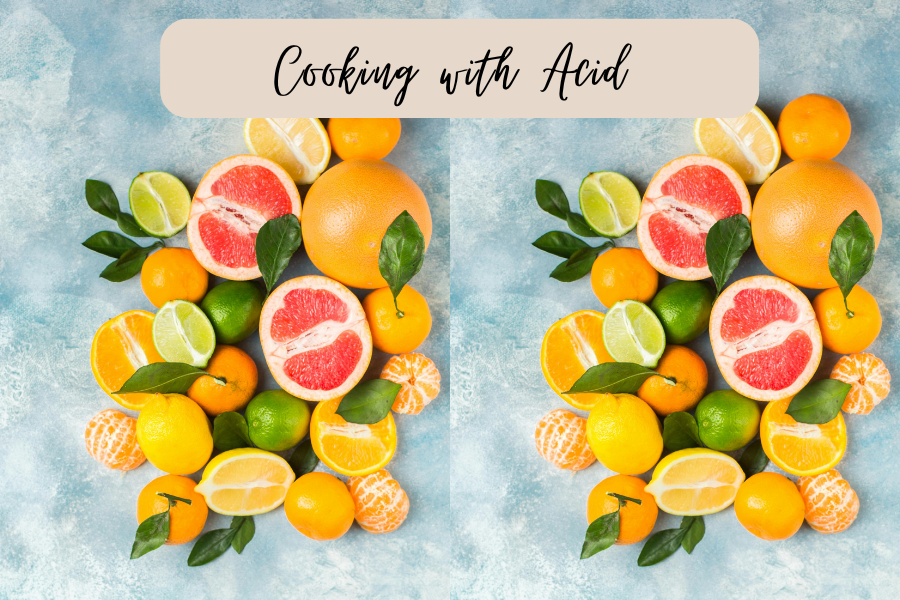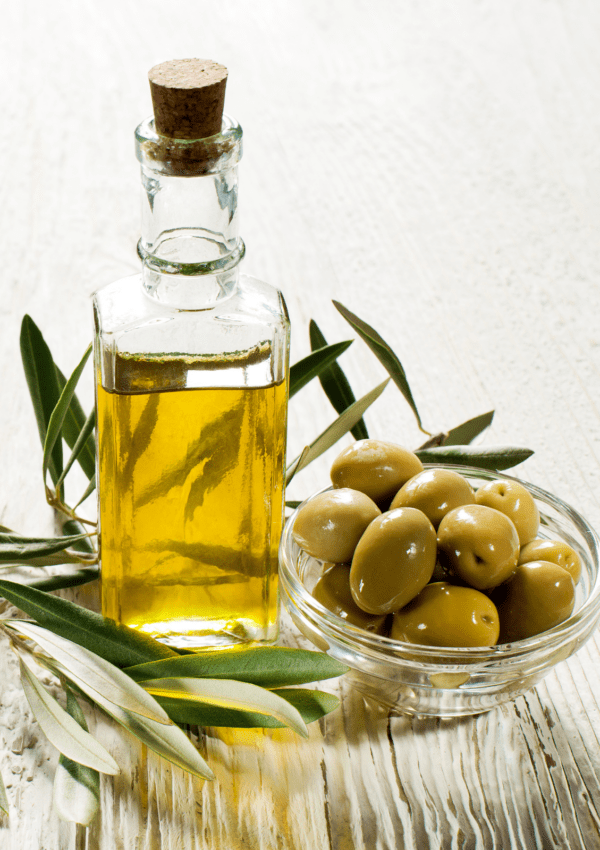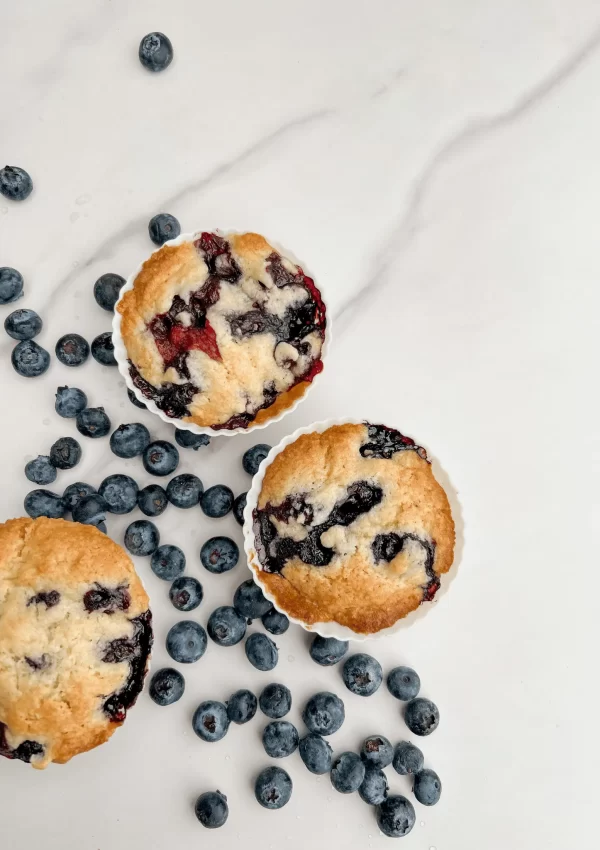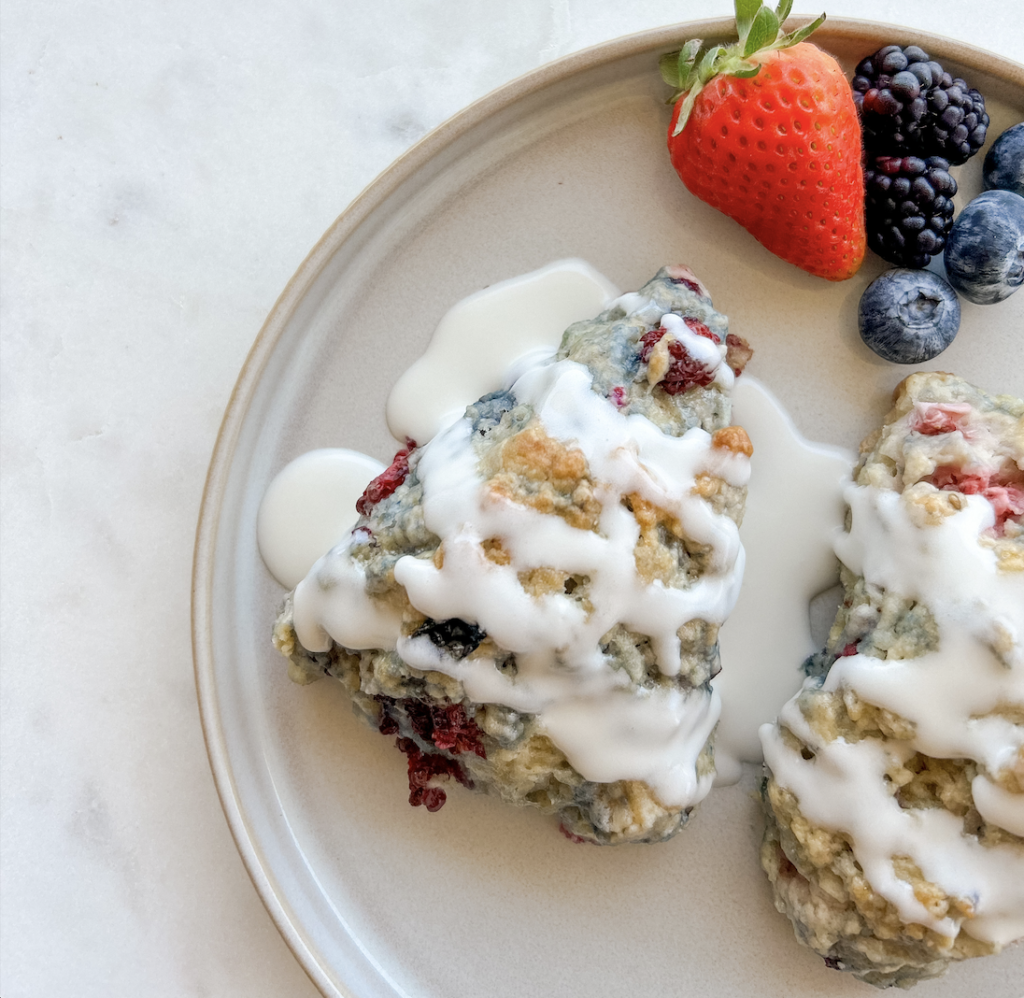One of the most underrated tools in your kitchen isn’t a fancy gadget or some exotic ingredient—it’s acid!
Today, in our “Kitchen Tips” series, we’re talking all about the power of acid in cooking, with a special focus on two of our favorites: citrus and vinegar.
Whether you want to brighten up a dish, balance out rich flavors, or tenderize meat, learning how to use acid will totally up your cooking game. Let’s dive in and see how these acidic wonders can transform your meals!
What’s Acid in Cooking, Anyway?
When we talk about acid in cooking, we’re referring to ingredients that have a low pH (aka, they taste tangy or sharp). Acid plays a key role in balancing out the flavors in a dish. It cuts through heaviness, sweetness, or even saltiness, making everything taste brighter and more dynamic. But acid doesn’t just impact flavor—it also has a lot to do with texture, especially when it comes to tenderizing meats or keeping veggies firm and colorful.
In cooking, acids often come from citrus fruits, vinegars, and fermented foods. Learning how to use these ingredients is like unlocking a new level in your culinary skills. Let’s break down two of the most common sources of acid: citrus and vinegar.
The Power of Citrus in Cooking
Citrus fruits like lemons, limes, oranges, and grapefruits are probably already staples in your kitchen. Their fresh, tangy flavors add a burst of life to both savory and sweet dishes, and they can instantly elevate a meal from basic to brilliant.
What Does Citrus Taste Like?
Citrus fruits have a zesty, sharp flavor. Lemons and limes are the tart stars, packing a punch of acidity, while oranges and grapefruits are a bit milder and sweeter. These flavors can bring balance and brightness to your food, helping it taste vibrant and fresh.
How to Use Citrus in Cooking
- Marinades: Lemon or lime juice is perfect for tenderizing meat and adding tons of flavor.
- Salads & Dressings: A quick squeeze of lemon or orange juice makes any salad pop and balances heavier dressings or rich ingredients.
- Zest for Extra Flavor: Lemon and lime zest (the outer peel) gives you that citrusy flavor without the moisture, great for desserts or adding extra zing to sauces.
Most of the time, citrus juice is added toward the end of cooking, like squeezing some lime over tacos or finishing roasted veggies with a hit of lemon zest. It’s also great as a flavor enhancer—it adds that extra oomph that wakes up your taste buds!
The Unsung Hero: Vinegar
Vinegar may not get the same spotlight as citrus, but it’s a total MVP in the kitchen. Made from fermented fruits, grains, or alcohol, vinegar’s sharp, tangy flavor is essential in everything from sauces to marinades to pickles.
Vinegar’s Flavor Spectrum
Vinegar comes in all kinds of varieties, each with its own unique flavor profile. Balsamic vinegar is rich and slightly sweet, apple cider vinegar has a tart, fruity note, and rice vinegar is mild with a hint of sweetness. These flavors add complexity and depth to your dishes.
How to Use Vinegar in Cooking
- Deglazing: After sautéing meat or veggies, a splash of vinegar helps lift all those flavorful brown bits off the pan, turning them into a quick sauce.
- Marinades & Pickling: Vinegar is key to marinades and pickles, giving sharpness and a tenderizing kick to meats or veggies.
- Balance: Adding a little vinegar to stews, braises, or sauces can cut through richness and balance out heavy flavors.
While citrus often brings brightness, vinegar adds depth and complexity. Both are amazing, but knowing when to use which can really take your dishes up a notch.
Citrus vs. Vinegar: When to Use Each
So how do you know when to grab a lemon and when to reach for the vinegar? Here’s a quick cheat sheet:
- Citrus: Go for citrus when you want something light and fresh. Think fish dishes, salads, or any dish where you want a final zing of flavor.
- Vinegar: Vinegar is your friend when you’re looking for a little more intensity or complexity. Perfect for stews, braised dishes, or pickles.
Both citrus and vinegar can often be used in similar ways, but each brings its own unique vibe to the table.
Acid Balances Everything Out: Why It Matters
Here’s the thing: acid is like the unsung hero that pulls everything together in your food. Without it, your dish can feel flat, heavy, or too rich. A little squeeze of lemon or splash of vinegar can completely transform a meal, bringing it into balance and making it taste just right.
Take ceviche, for example—without the lime juice, it’s just raw fish. But add that lime juice, and it not only “cooks” the fish but also gives it a bright, tangy flavor. Or think of a rich stew—just a splash of vinegar can cut through all that heaviness and lift the whole dish.
Food Science Spotlight: How Acid Works Its Magic
From a science perspective, acid is busy doing more than just making things taste good. When it comes to meat, acids like lemon juice or vinegar break down proteins in a process called denaturation, which helps tenderize the meat and infuse it with flavor.
Acid also affects the texture of veggies, helping them stay firm and colorful. This is why pickled veggies stay crisp even after soaking in vinegar for days. But be careful—if you add acid too early when cooking beans or lentils, it can keep them from softening properly, so timing is everything!
Top Tips for Using Acid in Your Cooking
- Start Small: A little acid goes a long way! Whether it’s lemon juice or vinegar, start with a teaspoon or tablespoon and taste as you go.
- Timing is Key: Citrus juice is usually added at the end of cooking to preserve its bright flavor, while vinegar can be added earlier to blend into the dish.
- Salt + Acid = Flavor Magic: Acid enhances the perception of saltiness, so when you add acid, you might not need as much salt.
- For more details, check out: The Basics of Salt, Fat, Acid, Heat – Mastering The Building Blocks of Flavor!
Mastering the use of acid in your cooking is key to creating dishes that are flavorful, balanced, and downright delicious. Whether you’re squeezing a lemon over grilled fish or adding a splash of vinegar to a stew, acid brings life to your food. So, don’t be shy—next time you’re in the kitchen, experiment with citrus and vinegar and watch how they elevate your cooking!
This post was all about Cooking with Acid: The Role of Citrus and Vinegar!
Ready to level up your cooking game? Try out these tips and let us know how it goes! Make sure to tag me @thespicegirlkitchen_ on Instagram or @thespicegirlkitchen on TikTok!







